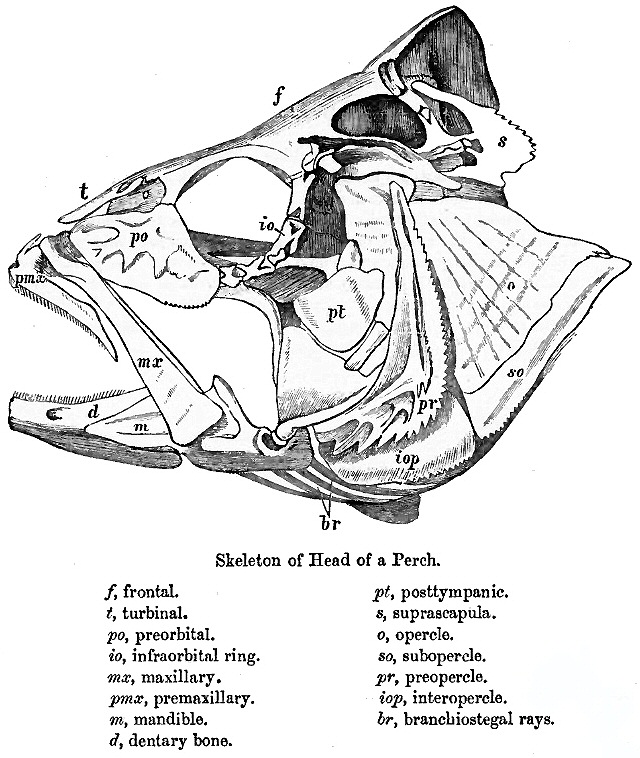|
Distichodontidae
The Distichodontidae are a family of African freshwater fishes of the order Characiformes. Two evolutionary grades are found in this family; micropredators (predators of very small organisms like aquatic insect larvae) and herbivores have a nonprotractile upper jaw and a deep to shallow body, while carnivores have a movable upper jaw and an elongated body. Although the herbivores primarily feed on plant material, these species often have omnivorous An omnivore () is an animal that regularly consumes significant quantities of both plant and animal matter. Obtaining energy and nutrients from plant and animal matter, omnivores digest carbohydrates, protein, fat, and fiber, and metabolize ... tendencies. The carnivores include specialized fish-eaters (genus ''Mesoborus''), fin-eaters (''Belonophago'', ''Eugnathichthys'' and ''Phago'') and species that will feed on both whole fish and fins (''Ichthyborus''). The fin-eaters attack other fish, even ones that are much larger, w ... [...More Info...] [...Related Items...] OR: [Wikipedia] [Google] [Baidu] |
Characiformes
Characiformes is an order of ray-finned fish, comprising the characins and their allies. Grouped in 18 recognized families, more than 2000 different species are described, including the well-known piranha and tetras.; Buckup P.A.: "Relationships of the Characidiinae and phylogeny of characiform fishes (Teleostei: Ostariophysi)", ''Phylogeny and Classification of Neotropical Fishes'', L.R. Malabarba, R.E. Reis, R.P. Vari, Z.M. Lucena, eds. (Porto Alegre: Edipucr) 1998:123-144. Taxonomy The Characiformes form part of a series called the Otophysi within the superorder Ostariophysi. The Otophysi contain three other orders, Cypriniformes, Siluriformes, and Gymnotiformes. The Characiformes form a group known as the Characiphysi with the Siluriformes and Gymnotiformes. The order Characiformes is the sister group to the orders Siluriformes and Gymnotiformes, though this has been debated in light of recent molecular evidence. Originally, the characins were all grouped within a sin ... [...More Info...] [...Related Items...] OR: [Wikipedia] [Google] [Baidu] |
Distichodus Maculatus
''Distichodus'' is a genus of freshwater ray-finned fish belonging to the family Distichodontidae. The fishes in this genus are found in Africa. Species ''Distichodus'' contains the following valid species: * '' Distichodus affinis'' Günther, 1873 (Silver distichodus) * '' Distichodus altus'' Boulenger, 1899 * '' Distichodus antonii'' Schilthuis, 1891 * '' Distichodus atroventralis'' Boulenger, 1898 * '' Distichodus decemmaculatus'' Pellegrin, 1926 (Dwarf distichodus) * '' Distichodus engycephalus'' Günther, 1864 * '' Distichodus fasciolatus'' Boulenger, 1898 (Sharktail distichodus) * '' Distichodus hypostomatus'' Pellegrin, 1900 * '' Distichodus ingae'' Moelants & Snoeks, 2018 * '' Distichodus kasaiensis'' Vreven, Moelants & Snoeks, 2018 * '' Distichodus kolleri'' Holly 1926 * '' Distichodus langi'' Nichols & Griscom, 1917 * '' Distichodus lusosso'' Schilthuis, 1891 (Longsnout distichodus) * '' Distichodus maculatus'' Boulenger, 1898 (Spotted citharinid) * '' Distic ... [...More Info...] [...Related Items...] OR: [Wikipedia] [Google] [Baidu] |
Upper Fish Jaw
Most bony fishes have two sets of jaws made mainly of bone. The primary oral jaws open and close the mouth, and a second set of pharyngeal jaws are positioned at the back of the throat. The oral jaws are used to capture and manipulate prey by biting and crushing. The pharyngeal jaws, so-called because they are positioned within the pharynx, are used to further process the food and move it from the mouth to the stomach. Cartilaginous fishes, such as sharks and rays, have one set of oral jaws made mainly of cartilage. They do not have pharyngeal jaws. Generally jaws are articulated and oppose vertically, comprising an upper jaw and a lower jaw and can bear numerous ordered teeth. Cartilaginous fishes grow multiple sets ''(polyphyodont)'' and replace teeth as they wear by moving new teeth laterally from the medial jaw surface in a conveyor-belt fashion. Teeth are replaced multiple times also in most bony fishes, but unlike cartilaginous fishes, the new tooth erupts only after the o ... [...More Info...] [...Related Items...] OR: [Wikipedia] [Google] [Baidu] |

